Blog
How to Choose the Right Excavating Equipment for Your Construction Project
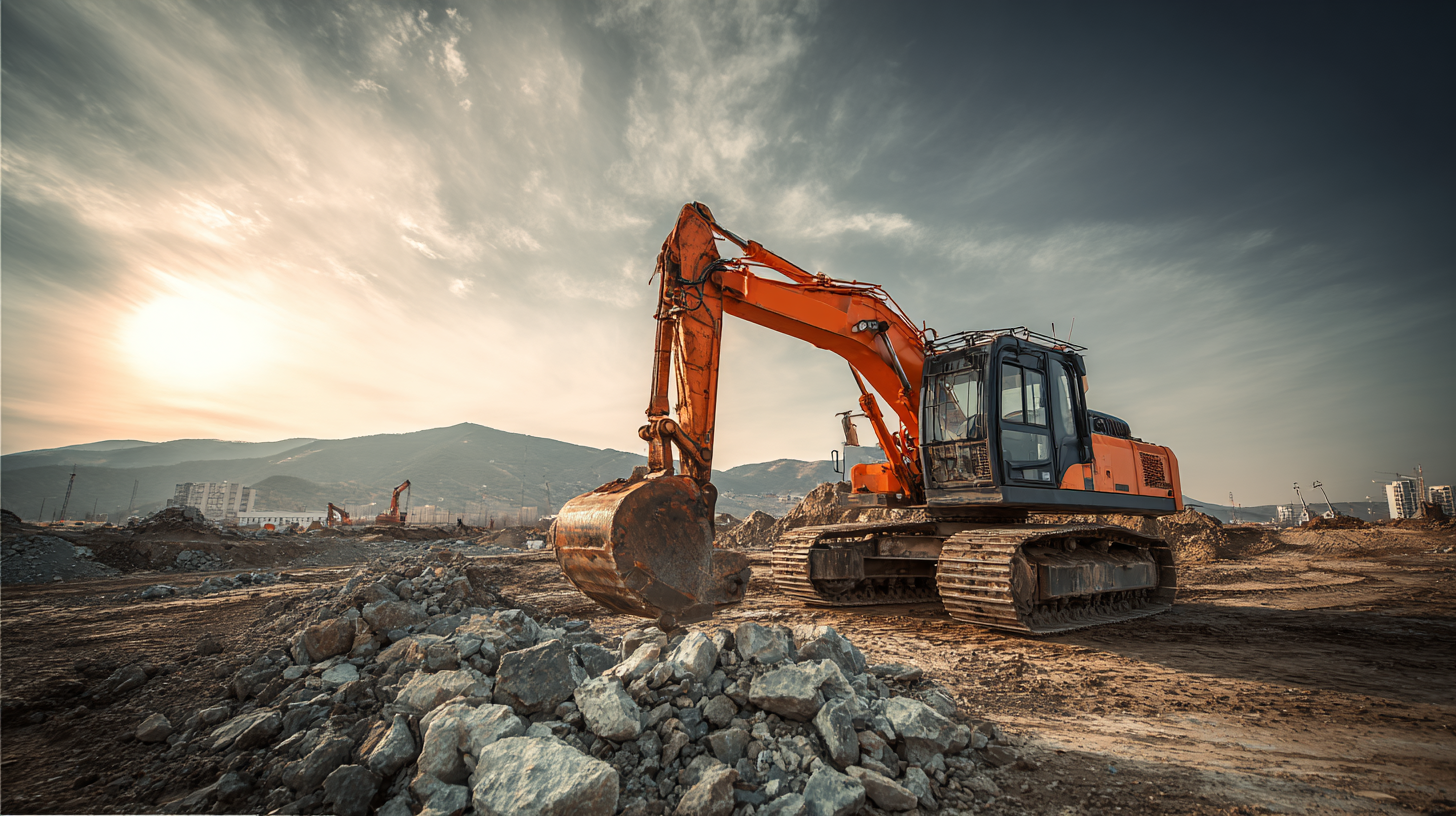 Choosing the right excavating equipment for your construction project is crucial for ensuring efficiency, safety, and overall success. With a wide variety of machinery available, including excavators, backhoes, and mini-diggers, it can be overwhelming to determine which equipment best suits your specific needs. Factors such as the size of the project, the type of terrain, and the nature of the work will significantly influence your decision.
Choosing the right excavating equipment for your construction project is crucial for ensuring efficiency, safety, and overall success. With a wide variety of machinery available, including excavators, backhoes, and mini-diggers, it can be overwhelming to determine which equipment best suits your specific needs. Factors such as the size of the project, the type of terrain, and the nature of the work will significantly influence your decision.
Moreover, understanding the capabilities and limitations of each type of excavating equipment is vital to prevent costly delays and optimize the use of resources. This guide will provide valuable insights and practical tips to help you select the most appropriate excavating equipment, enabling you to streamline your operations and achieve desired outcomes in your construction endeavors.
Understanding Your Project's Specific Excavation Needs
When embarking on a construction project, understanding your specific excavation needs is crucial for selecting the right excavating equipment. According to the 2021 Construction Industry Market Analysis by IBISWorld, the excavation services sector has seen a steady growth of 3.5% annually, highlighting the increasing demand for specialized machinery tailored to various project scales. Each project carries unique requirements influenced by factors such as soil type, depth of excavation, and project timelines, which all directly affect equipment selection.
For instance, projects involving soft soil may necessitate lighter machinery like mini excavators, which can efficiently maneuver in tight spaces while minimizing site disturbance. Conversely, heavy-duty projects requiring substantial earthmoving might demand larger excavators, capable of handling tougher materials with precision. A report by ResearchAndMarkets.com indicates that the demand for compact excavators has surged by 20% since 2020, emphasizing the importance of selecting equipment that aligns with project specifics. By thoroughly understanding the parameters of your excavation tasks, you can make informed decisions that enhance productivity and reduce operational costs.
Evaluating Different Types of Excavating Equipment
When choosing the right excavating equipment for your construction project, it is crucial to evaluate the different types of machinery available. Various excavators, such as crawler and wheeled models, serve unique purposes and offer differing capabilities in terms of mobility, lifting capacity, and operational weight. Understanding the specific requirements of your project, including terrain type and load expectations, will help in selecting the most suitable excavator.
Tips: Consider factors such as the overall project scale and site conditions. For instance, crawler excavators are ideal for rough terrains, while wheeled excavators offer better mobility on paved surfaces. Additionally, assessing safety features of the equipment, such as operator comfort and vibration exposure, is vital for ensuring the well-being of your crew on site.
Moreover, the performance assessment of contractors is helpful in gauging productivity levels and equipment management. Utilize frameworks like the Analytic Hierarchy Process (AHP) for a comprehensive evaluation of not just equipment, but also contractor capabilities. This method allows for a structured decision-making process that weighs the risks and benefits effectively, ensuring a safer and more efficient construction environment.
Assessing Soil and Terrain Conditions for Equipment Selection
Assessing soil and terrain conditions is crucial when selecting the appropriate excavating equipment for a construction project. Different types of soil, such as clay, sand, or rocky ground, can significantly affect the performance and efficiency of various machinery. For instance, soft and loose soils may require long-reach excavators with specialized buckets designed for digging and maneuvering, whereas rocky terrains often call for heavier-duty machinery like backhoes or hydraulic excavators equipped with rock-breaking attachments. An accurate assessment of the soil type will help project managers avoid equipment that may struggle or fail under specific conditions, thus preventing work delays and added costs.
Additionally, the terrain's gradient and accessibility play a vital role in determining the right equipment. On steep slopes, tracked machinery might be favored for its enhanced stability and traction, while flat terrains may allow for wheeled machinery that typically moves faster and more efficiently. Evaluating aspects such as drainage patterns and potential hazards, like underground utilities or obstructions, also contributes to informed choices. By thoroughly assessing these factors, construction teams can ensure they select the right excavating equipment, leading to smoother operations and successful project outcomes.
Comparing Equipment Costs and Operating Efficiency
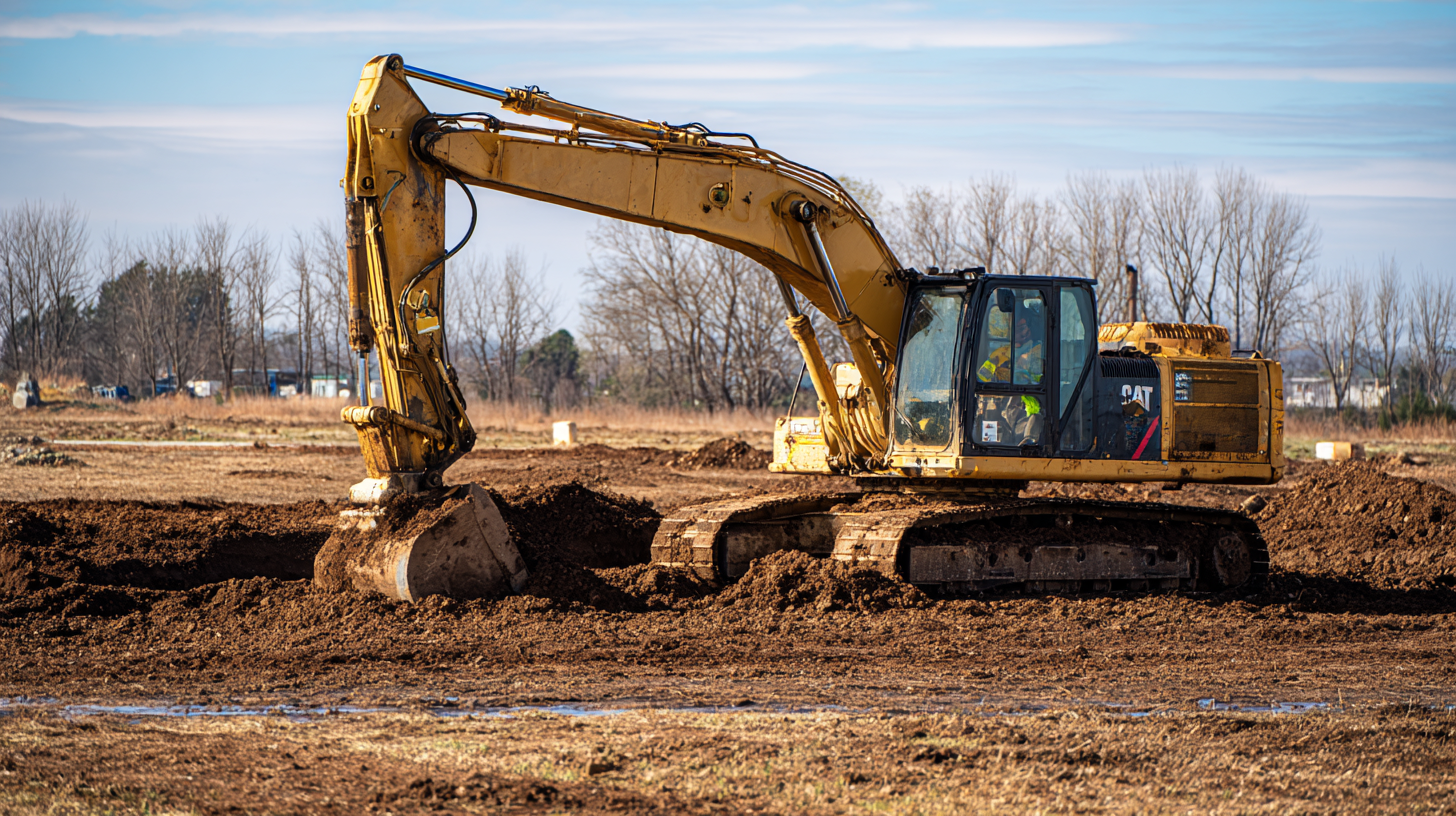 When selecting excavating equipment for a construction project, it is crucial to compare equipment costs and operating efficiency. The initial purchase price of excavators, backhoes, and other machinery can vary significantly, influencing budget allocation. However, it is essential to look beyond just the upfront cost. Operating efficiency plays a vital role in determining long-term expenses and productivity levels. Equipment that may appear cheaper initially might incur higher fuel and maintenance costs, reducing overall efficiency over time.
When selecting excavating equipment for a construction project, it is crucial to compare equipment costs and operating efficiency. The initial purchase price of excavators, backhoes, and other machinery can vary significantly, influencing budget allocation. However, it is essential to look beyond just the upfront cost. Operating efficiency plays a vital role in determining long-term expenses and productivity levels. Equipment that may appear cheaper initially might incur higher fuel and maintenance costs, reducing overall efficiency over time.
In addition to direct costs, evaluating operating efficiency involves considering factors such as the type of terrain and the specific tasks required for the project. For instance, a high-capacity excavator may be more expensive, but if it can complete a job in less time than a cheaper model, it could ultimately save money. Analyzing the fuel consumption rates and the machine's uptime can also provide insight into its efficiency. Choosing the right excavating equipment requires balancing these costs and efficiencies to ensure the project remains within budget and on schedule while maximizing output.
Ensuring Compliance with Safety and Environmental Regulations
When selecting excavating equipment for a construction project, ensuring compliance with safety and environmental regulations is paramount. Construction sites must adhere to local and federal laws that govern the use of machinery, worker safety, and the protection of surrounding ecosystems. Therefore, it is essential to research the specific regulations relevant to your area and project. This includes understanding noise restrictions, emissions limits, and the safe operation of machinery around hazardous materials.
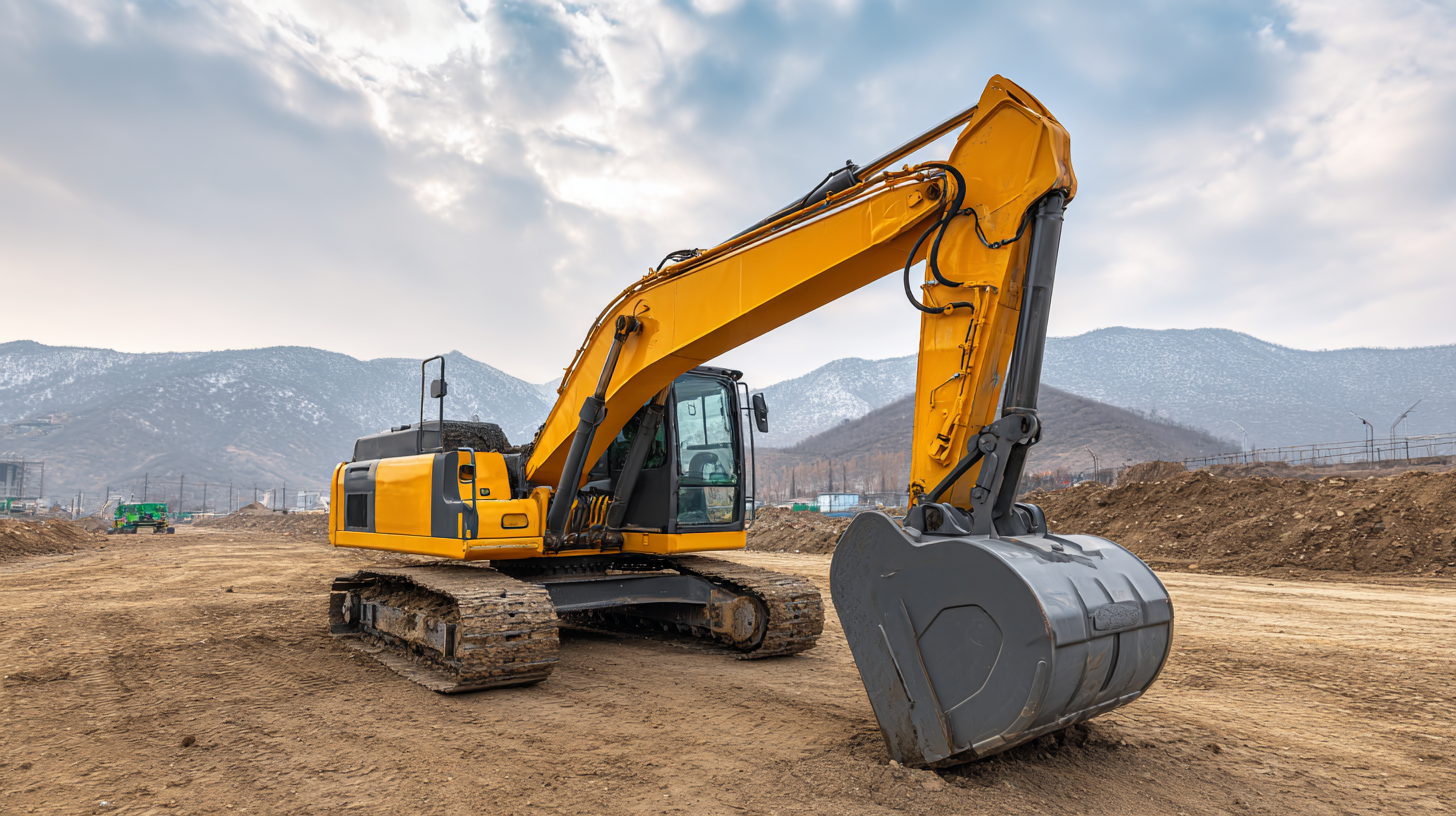
Additionally, choosing equipment that minimizes environmental impact is crucial. Opting for fuel-efficient machines and those equipped with advanced filtration systems can significantly reduce emissions and overall ecological footprint. It's also important to consider noise reduction technologies, as excessive noise can disturb local wildlife and nearby communities. Collaborating with suppliers who prioritize sustainability and compliance can lead to better decisions regarding equipment selection, ultimately contributing to a responsible and efficient construction operation.
Related Posts
-
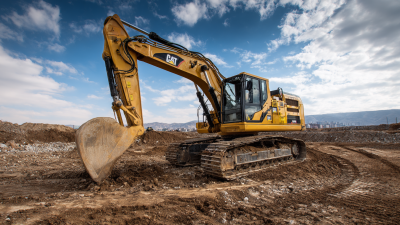
Ultimate Guide to Choosing the Best Excavating Equipment for Your Projects
-
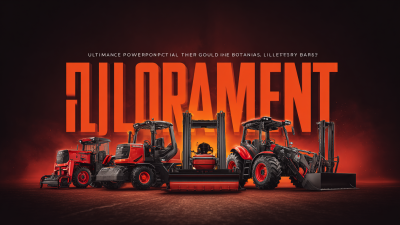
Ultimate Comparison of the Top Power Equipment for Global Buyers: Find Your Best Match
-

Exploring Innovative Examples of Excavating Equipment for Modern Construction Needs
-

How to Select the Best Con Equipment Parts for Your Global Sourcing Needs
-
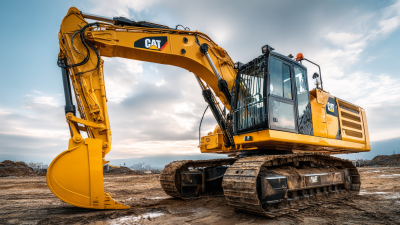
How to Choose the Best Cat Construction Equipment for Your Global Projects (2023 Edition)
-
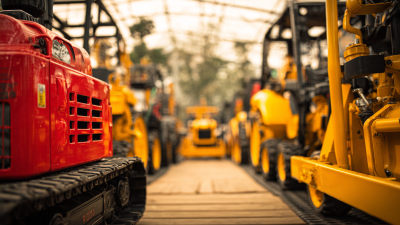
Unmatched Excellence in Power Equipment Crafted in China
